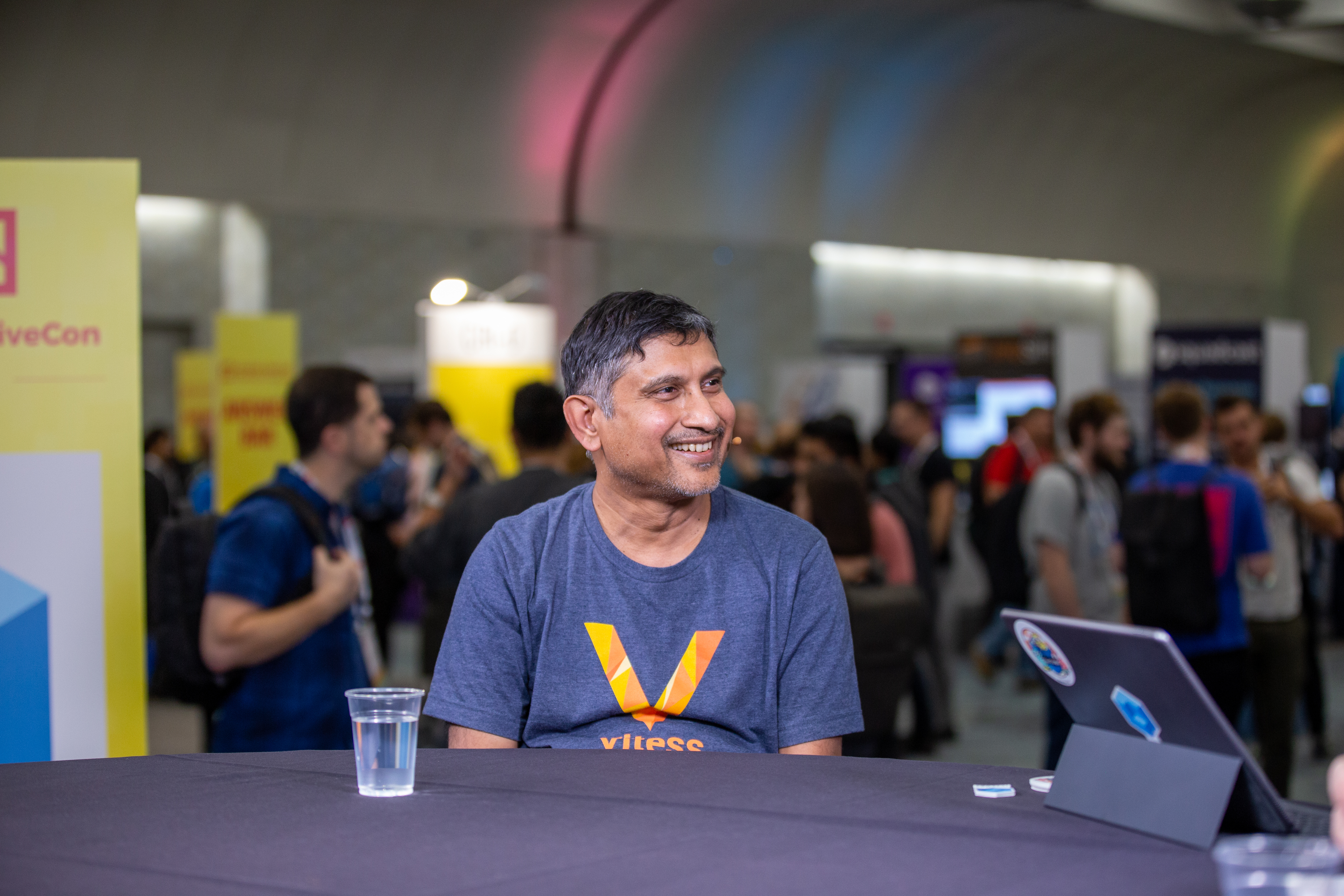 INFRA
INFRA
 INFRA
INFRA
 INFRA
INFRA
Kubernetes just keeps barreling over ground in modern hybrid technology; it’s in the cloud; it’s on premises; it’s at the edge; it’s for applications; it’s for data. Can anything block its tear through information-technology environments?
Actually, there has always been stateful applications. Stateful apps — those that save client data from one session to the next — have been left in the cold since Kubernetes was taking shape at Google under the name “Borg.” If anyone wanted to store state at that time, they outsourced it a service loosely related to Borg.
“Many of those properties were inherited by Kubernetes, which is the reason why, right from the beginning, it was hard to make storage work for Kubernetes,” according to Sugu Sougoumarane (pictured), co-founder and chief technology officer of PlanetScale Inc.
Sougoumarane spoke with Stu Miniman (@stu), host of theCUBE, SiliconANGLE Media’s mobile livestreaming studio, and guest host Justin Warren (@jpwarren), chief analyst at PivotNine Pty Ltd., during the KubeCon + CloudNativeCon event in San Diego, California. They discussed Kubernetes’ long war with state and the possibility for a truce. (* Disclosure below.)
While working at YouTube, Sougoumarane built database clustering system Vitess to scale MySQL on Borg. Vitess has become one of the most talked-about projects in the Cloud Native Computing Foundation for addressing Kubernetes’ storage problems. It can run in Kubernetes or outside of it.
Now, PlanetScale is bringing Vitess to the masses through a number of delivery models, including as a service. The startup — which last May bagged a $22-million funding round led by Andreessen Horowitz — just announced general availability of its cloud-native database. The Vitess-powered CNDb gives subscribers a way to migrate their stateful workloads to Kubernetes.
The readily consumable service addresses a gaping need in the Kubernetes community for an easy storage fix, according to Sougoumarane. Storage is a difficult software to write to, and it was obvious that many people who wanted to leverage Vitess weren’t capable of writing storage features.
“I think that more efforts needs to be made on both sides — both from people who are writing storage to make it work with Kubernetes, as well as Kuberentes itself … to meet them halfway … to add features to help the storage developers,” Sougoumarane concluded.
Watch the complete video interview below, and be sure to check out more of SiliconANGLE’s and theCUBE’s coverage of the KubeCon + CloudNativeCon event. (* Disclosure: Cloud Native Computing Foundation sponsored this segment of theCUBE. Neither CNCF nor other sponsors have editorial control over content on theCUBE or SiliconANGLE.)
Support our mission to keep content open and free by engaging with theCUBE community. Join theCUBE’s Alumni Trust Network, where technology leaders connect, share intelligence and create opportunities.
Founded by tech visionaries John Furrier and Dave Vellante, SiliconANGLE Media has built a dynamic ecosystem of industry-leading digital media brands that reach 15+ million elite tech professionals. Our new proprietary theCUBE AI Video Cloud is breaking ground in audience interaction, leveraging theCUBEai.com neural network to help technology companies make data-driven decisions and stay at the forefront of industry conversations.